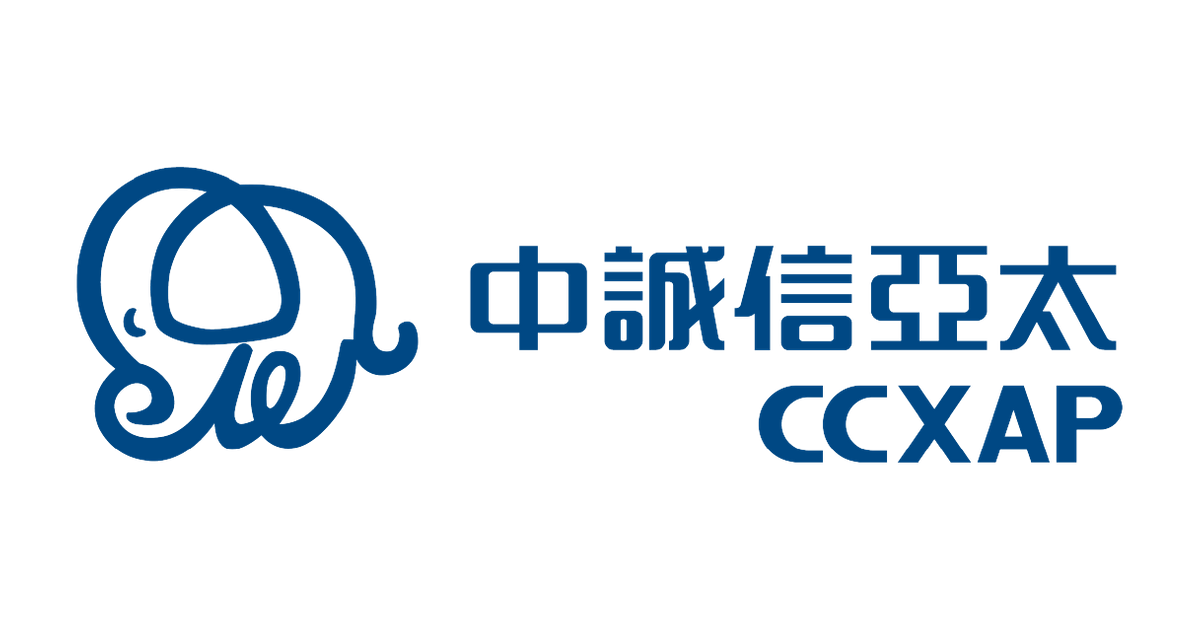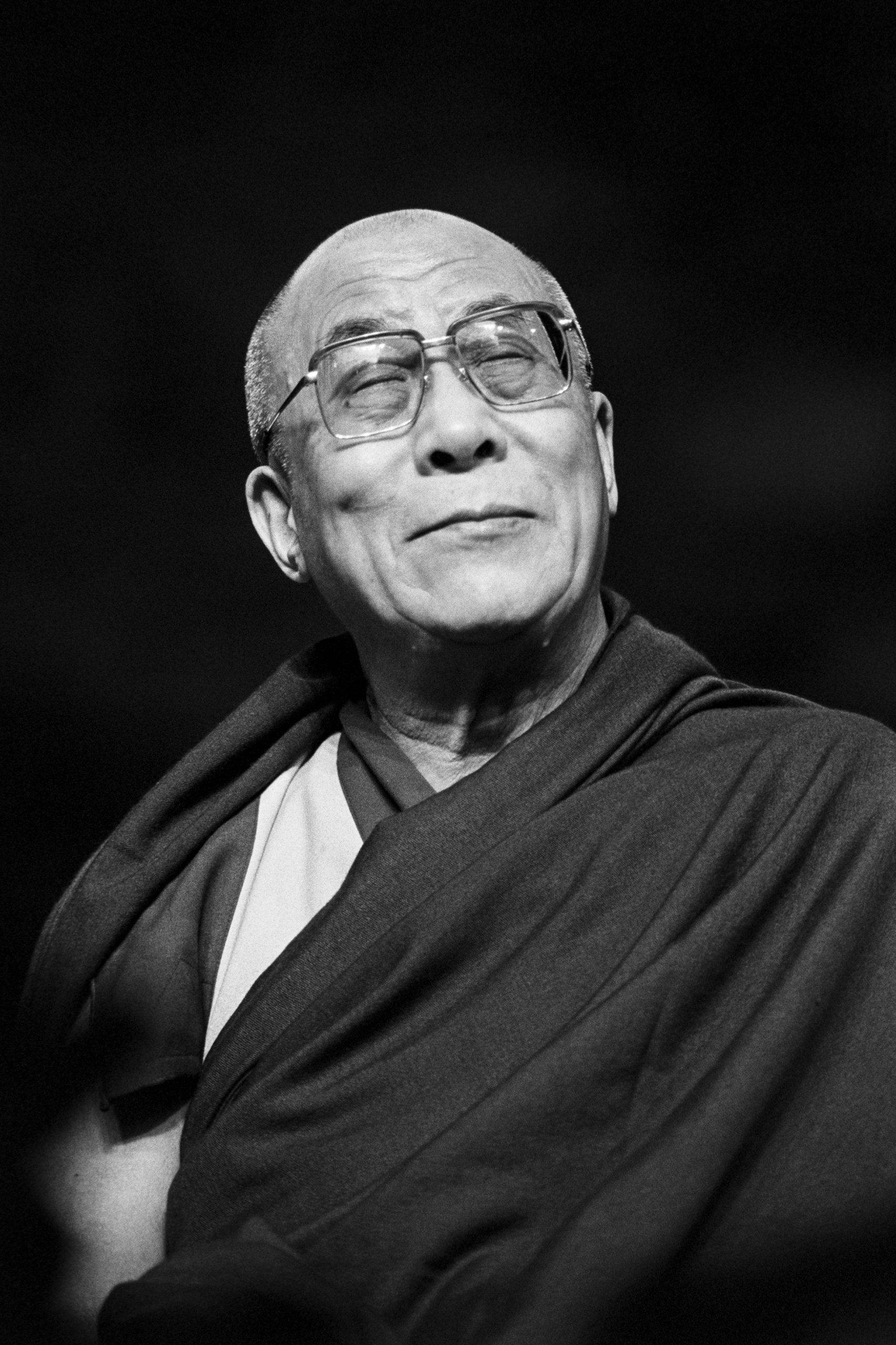Super Bowl advertisers are preparing for anything to happen on Twitter
Conversations around Big Game ads are already kicking off on the site, even if worries persist about safety and glitches.

Planters wants people to hurl insults at Mr. Peanut on Twitter. Doritos is encouraging people to participate in a pyramid, eh, “triangle scheme.” And M&M’s is messing with fans, who are outraged about its missing mascots, and lightly trolling Twitter users with clam-filled candies.
Such is Elon Musk’s new Twitter, with some brands embracing the chaos leading into the Super Bowl. There is data that shows brands are benefiting from a surge in Super Bowl chatter on Twitter. In January, there were nearly three times as many mentions of Super Bowl commercials on Twitter this year compared to last year, according to Sprinklr, a social media analytics service that tracks online activity for marketers. And Twitter’s ad team has promised advertisers more reach as part of a two-for-one ad deal to win back brands after a brutal few months of slumping ad fortunes for the company.
Brands still have concerns about general safety, though, which wasn't helped by a significant outage on the platform this week, raising anew the prospect that glitches could disrupt marketing plans. To prepare, Ad Age talked with marketing leaders ahead of the action.
Super Bowl safety
Brands that may have been hesitant about Twitter over the past few months, waiting to see how Musk’s ownership plays out, are dipping back in, at least for the game.
“There’s less brand safety concerns in a limited amount of time, when a lot of the chatter is focused on Super Bowl specifically,” according to one creative ad agency leader, who spoke with Ad Age on condition of anonymity. The agency leader is helping clients during the game to buy ads and post on Twitter.
Read more: Brands overhaul Super Bowl social media strategies
Super Bowl advertisers are already on Twitter, teasing their campaigns and building buzz. Doritos, Pepsi, Michelob Ultra, Bud Light, FanDuel, Busch Light, Hyundai and others paid to promote tweets ahead of the game. Other brands post organically, including M&M’s, Hellmann’s, Google, PopCorners, Rakuten and Avocados from Mexico. It’s unclear exactly how many Super Bowl advertisers are paying Twitter for Super Bowl promotions, and which will stick to unpaid organic posts. Twitter did not return a request for comment for this story.
Since October, when Musk took over Twitter, there has been a public exodus of advertising dollars. Some brands drastically reduced even unpaid activities. Nike is a prime example: The sneaker brand hasn't created an original tweet from its main account since early November. Then this week, Nike tweeted in honor of LeBron James becoming the NBA’s all-time leader in points scored. Nike did not return a request for comment, but the brand had been a prolific tweeter before Musk. It shows how brands are making calculations about Twitter's risks and benefits.
“Brands have a feeling of what Twitter offers them, and for a while it was the only marketplace of conversation where they felt they needed to be, and now they don’t feel like they need to be there in a paid way,” said Vincent Washington, VP of the customer experience management best practices group at Sprinklr. “And if they are there, they feel like, through a well-informed listening strategy, they can inject their brand organically in a meaningful way.”
Twitter kicks the conversation
Twitter has already gone through a major sporting event under Musk’s watch—the World Cup in November and December. One of the biggest World Cup sponsors, McDonald’s, didn’t create an original tweet throughout the tournament, according to the publicly available tweets from its main account. The McDonald’s account shows a gap in tweeting that started on Nov. 17. On Jan 26, McDonald’s fired up Twitter again, though: “What did I miss,” the brand tweeted.
So, what happened during World Cup? Brands were hesitant, but the chatter around the game was there, on Twitter, according to a creative agency executive, who also spoke on condition of anonymity. “Just seeing the amount of impressions coming through and the amount of live action,” the exec said, “I was actually surprised Twitter stayed up during the World Cup, but it did, and that was my litmus test for what was going on inside the business.”
The surprise was due to the fact that Musk had just fired more than half of Twitter employees. People were watching the platform for any signs of deterioration in its performance. The World Cup test gave the agency exec and some brands some confidence that the Super Bowl would at least make Twitter a good place to post freely.
The game is already on
Super Bowl commercial trends are surging on Twitter, so far. “There is a much higher volume of mentions this year,” Sprinklr said. “The mentions started earlier and have been more frequent as we lead up to the Super Bowl.”
The top 10 brands, mostly based on measuring Twitter mentions, have already generated more social media conversation than the top 10 brands last year, as measured by Sprinklr. That means the top 10 brands already have sparked more buzz online than last year, even though the stats from last year include game day, Sprinklr said. For instance, Doritos has almost 4,200 mentions this month, No. 6 on the ad watchlist. Last year’s sixth-highest brand, Squarespace, generated 1,765 mentions, including mentions during the Super Bowl.
Game-time decisions
There is a reason brands should activate on Twitter again, even if they only post organically, if they plan to capture any moments during the game, Washington said. Brands can’t just dust off dormant accounts and expect to make a splash. “You just don’t stumble upon a magic moment,” Washington said. “You have to have muscle memory, building reactive real-time campaigns.”
Brands are looking for the usual moments to place a well-timed tweet, Washington said. There are themes that brands and their agencies should anticipate, like pre-game fashion moments and the Halftime Show. There are plays in the game, like turnovers, that present moments for commenting. Brands also react to each other on Twitter. FanDuel is creating its own real-time event by hosting a live commercial, where former NFL star Rob Gronkowski will attempt a field goal.
“We know the Super Bowl is high drama,” Washington said. “There are several ways how you can pre-design, how you can adjust filters to interpret something that happens in the game, and have your creative team ready to act.”
What if?
There are some moments brands can’t plan for though, and that revolves around how the platform holds up technically. The World Cup was a test, but advertisers still worry. Twitter was down for 90 minutes earlier this week in its largest glitch since Musk took over. Musk tweeted that there were “multiple internal and external issues simultaneously.”
Twitter has been tinkering with its infrastructure to cut costs and changing how its APIs—application programming interfaces—operate. Twitter will start charging for its free API, and the change was supposed to come this week. Twitter postponed the API update until after Super Bowl.
Companies like Sprinklr and major ad agencies don’t typically rely on the free API, but any rewiring of Twitter could potentially affect markers.
This week’s glitch had one obvious effect, many accounts couldn’t tweet or follow new people. Such a blackout wouldn’t be the first for a Super Bowl, but it would be for Twitter if it happened during the game.

 MikeTyes
MikeTyes 


















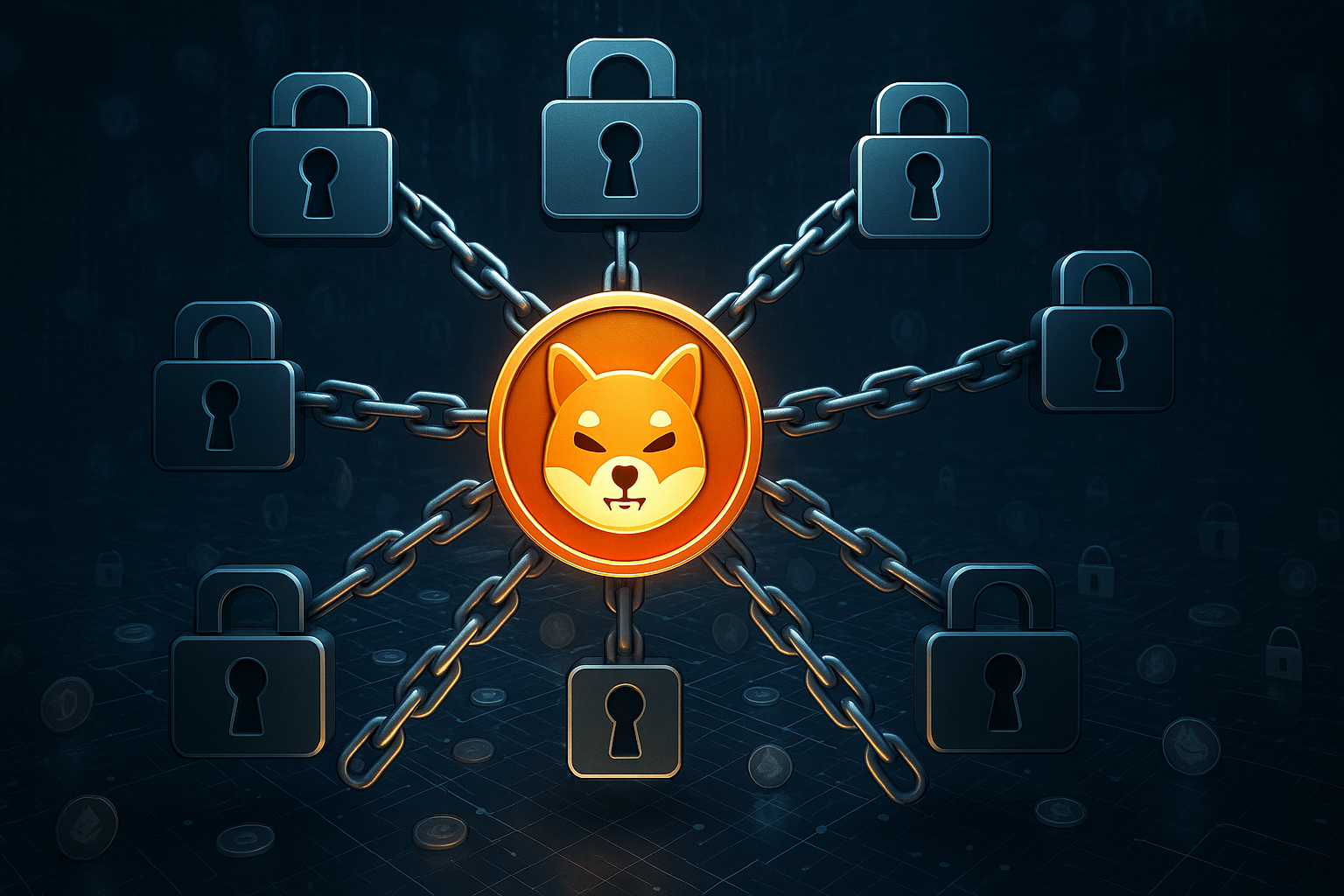
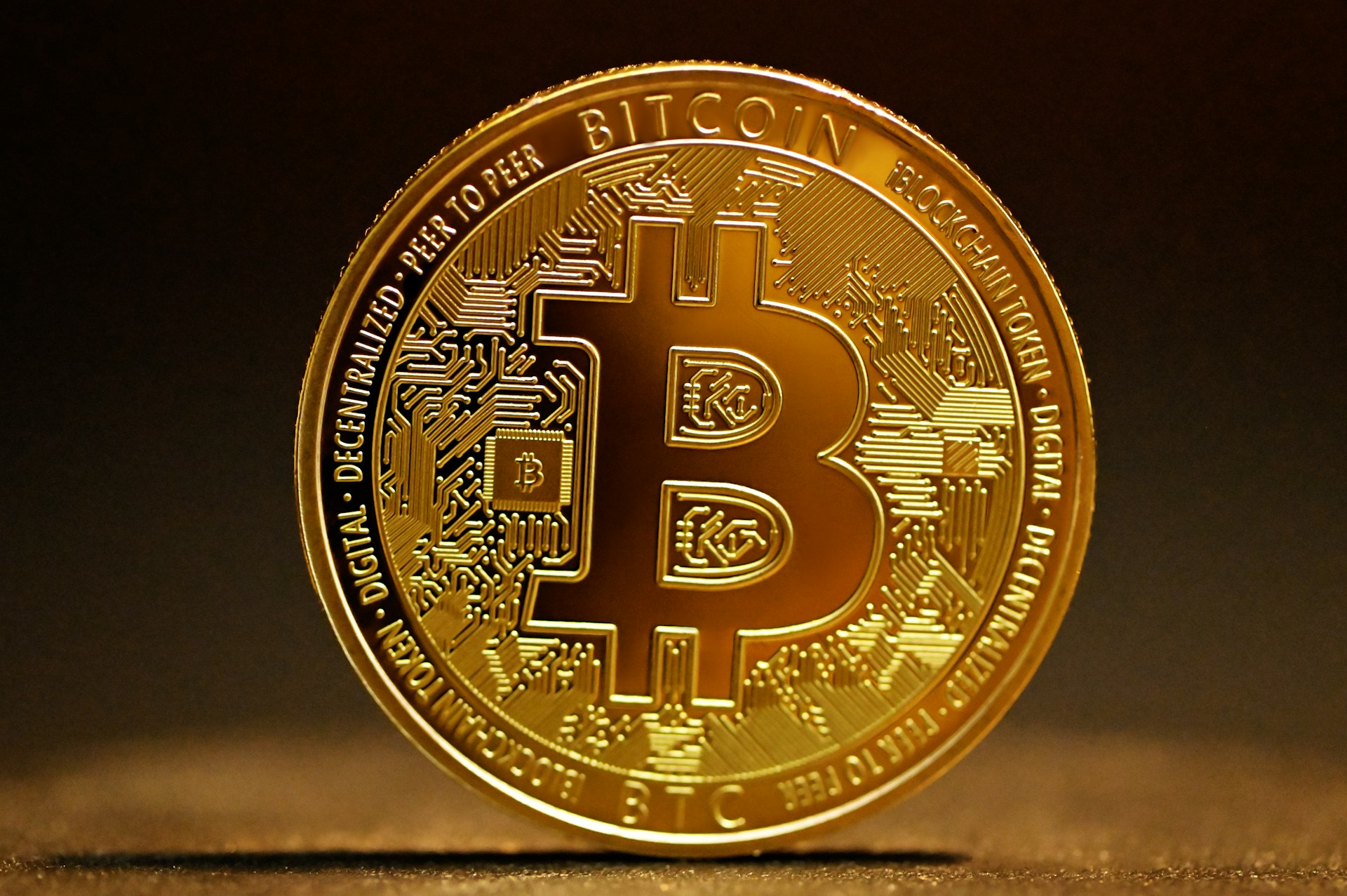
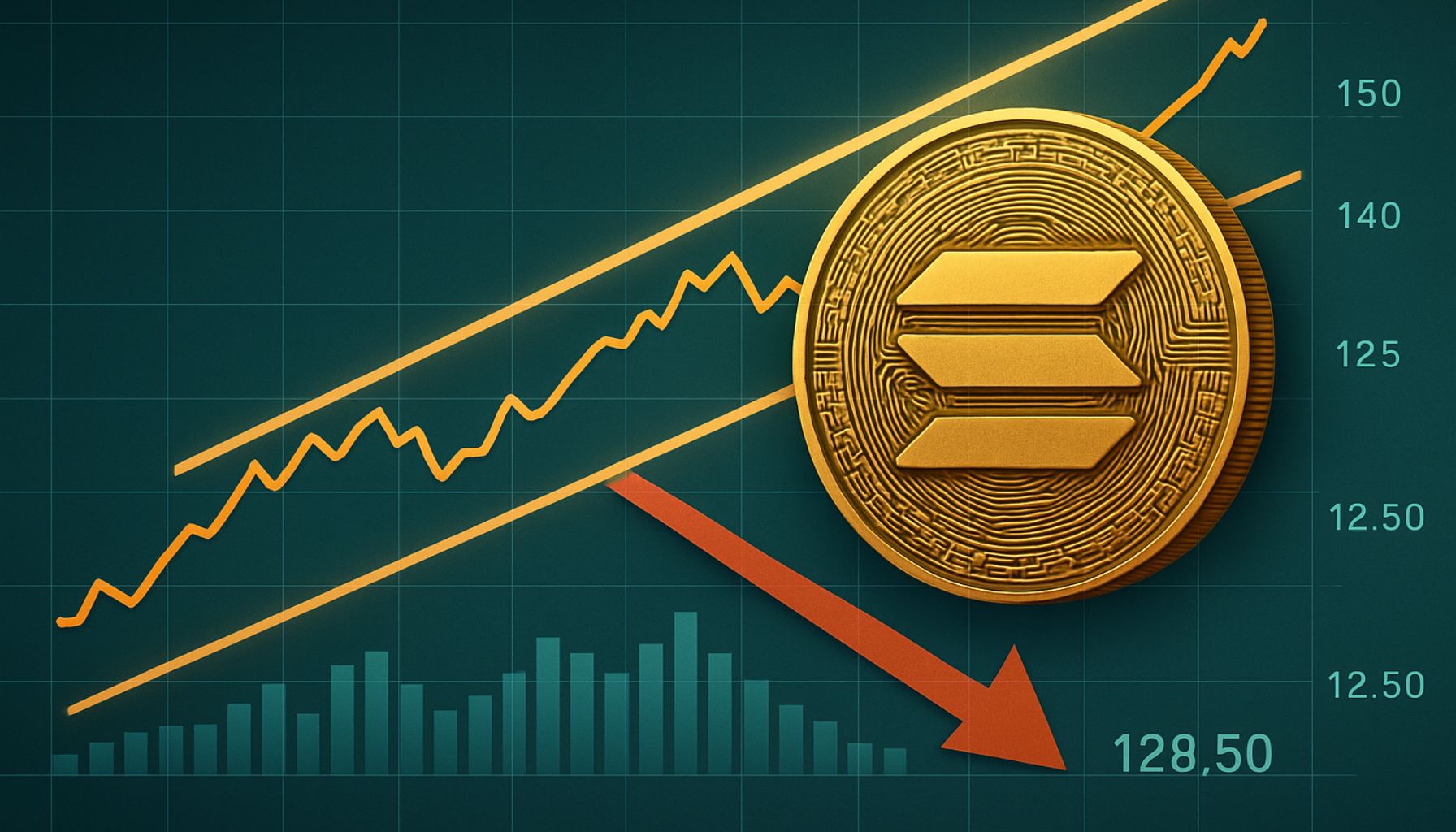


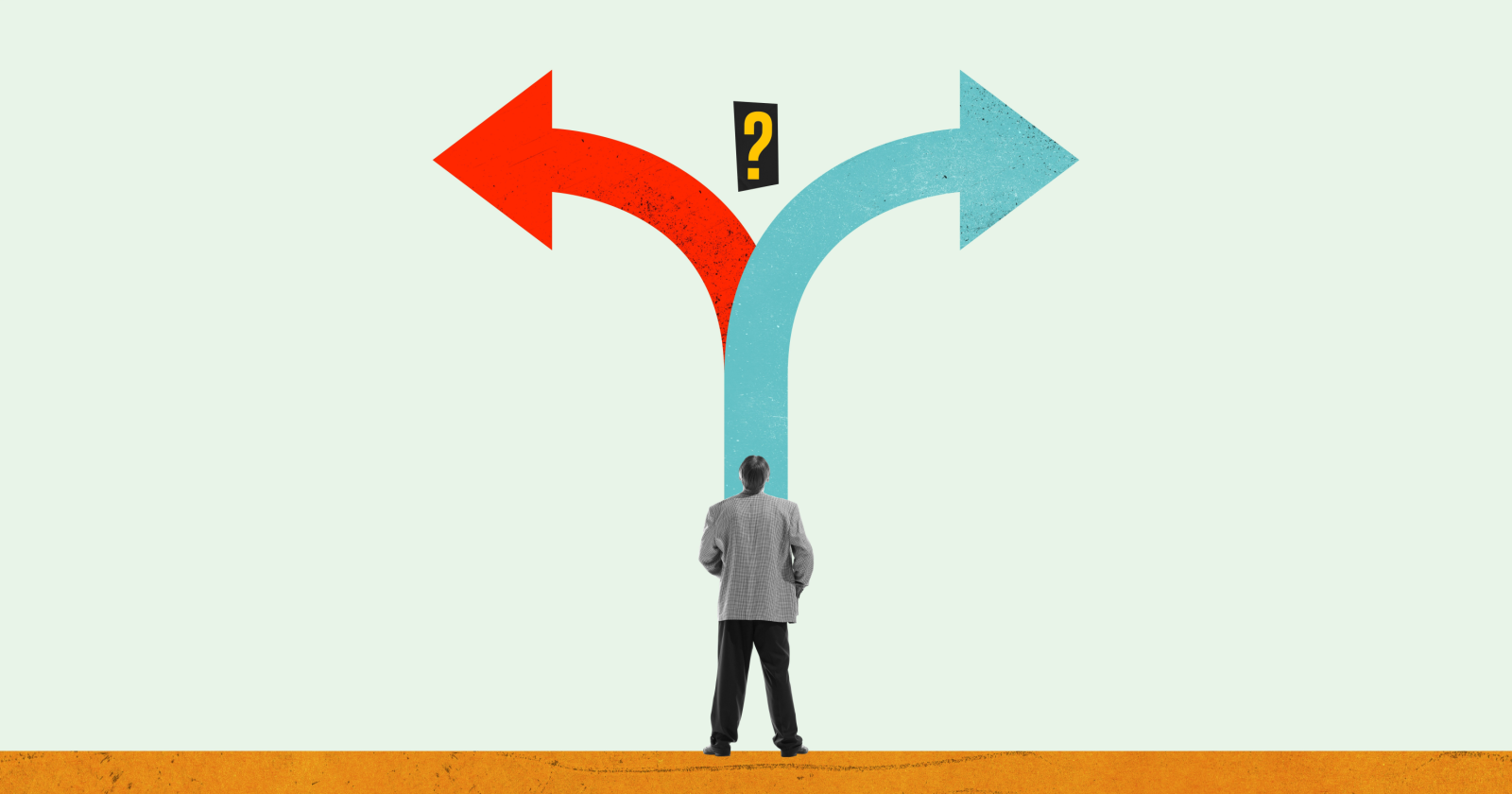
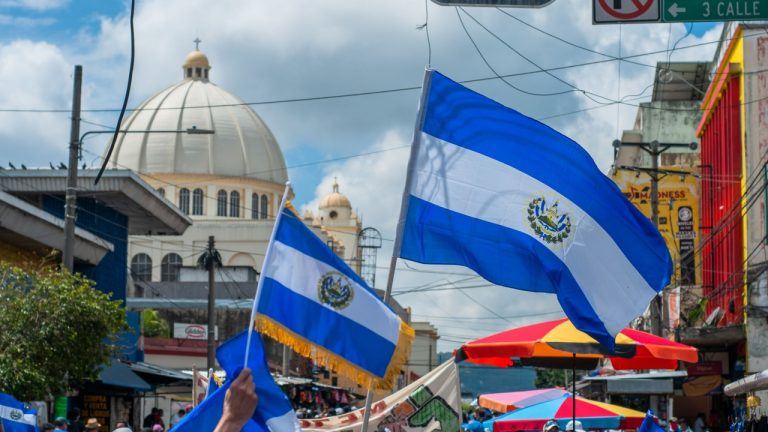
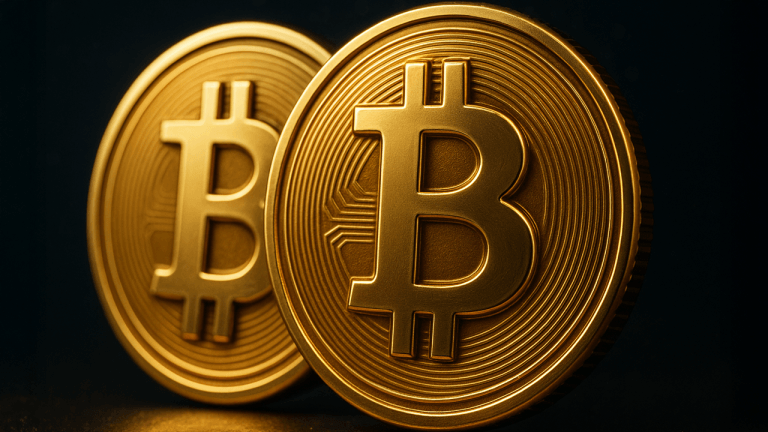
![Are You Still Optimizing for Rankings? AI Search May Not Care. [Webinar] via @sejournal, @hethr_campbell](https://www.searchenginejournal.com/wp-content/uploads/2025/06/1-1-307.png)

